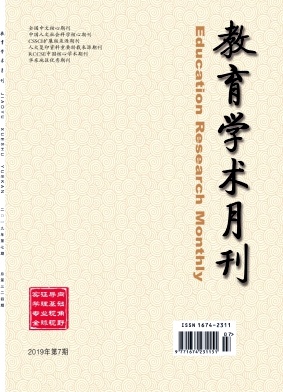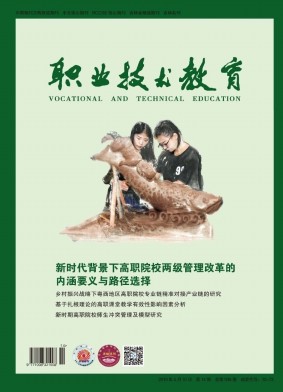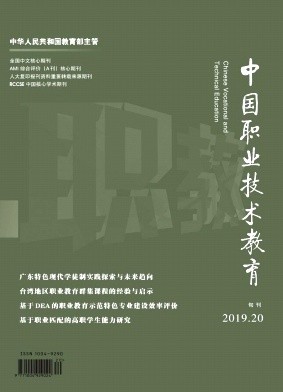摘要 人类活动干扰下的水环境过程演变是当前全球水安全面临的难点问题.汉江作为南水北调中线工程的重要影响区和水源区,在气候变化和人类活动双重影响下近十几年来水华频繁暴发,科学辨析土地利用类型影响下的汉江水环境质量演变特征,对于政府制定和实施水污染防治政策具有重要的现实意义.基于2011—2018年汉江中下游8个监测站点的7个主要水质指标〔pH、ρ(DO)、ρ(COD Mn)、ρ(BOD 5)、ρ(NH3-N)、ρ(TP)、ρ(TN)〕448组连续野外监测数据,利用季节性曼肯达尔检验法、相关分析和冗余分析等多种数学统计分析方法,分析了汉江中下游的水质时空演变特征,分析了土地利用类型与水质变化的相关关系.结果表明:①时间特征上,2011—2018年汉江中下游总体水质呈好转趋势,丰水期污染物浓度高于枯水期,2013—2014年出现峰值,2015年以后水质逐渐变好.②空间特征上,水质从汉江中游至下游呈逐渐变差的趋势,由于2014年引江济汉工程的开通,水质在罗汉闸站点及下游有好转趋势.③总体上,农田和城镇用地与污染物浓度均呈显著正相关,最大解释度为0.27;林地、草地与污染物浓度均呈显著负相关,最大解释度为0.31.研究显示,汉江中下游水质有所改善,农田与城镇用地对于汉江中下游水质恶化影响较大,林地、草地等植被覆盖等由于存在一定的水源涵养功能和天然净化能力,可以对水污染起到一定的缓解作用. The evolution of the water environment process under the interference of human activities is a difficult problem facing global water security.As an important influence area and water source area of the South-to-North Water Diversion Middle Route Project,the Hanjiang River has experienced frequent blooms under the dual influence of climate change and human activities in the past ten years.The implementation of water pollution prevention and control policies has important practical significance.based on 7 main water quality indicators including(pH,ρ(DO),ρ(COD Mn),ρ(BOD 5),ρ(NH3-N),ρ(TP),ρ(TN))of 448 groups of continuous monitoring data from 8 monitoring stations in middle and downstream of Hanjiang River from 2011 to 2018,the temporal and spatial evolution characteristics of water quality in middle and downstream of Hanjiang River were analyzed by using seasonal Mankendall test,correlation analysis and redundancy analysis,and the correlation between land use types and water quality changes was analyzed.The results show that:(1)In terms of time characteristics,the overall water quality of the middle and downstream of Hanjiang River showed an improvement trend from 2011 to 2018.The concentration of pollutants in the high water period was higher than that in the low water period,and peaked in 2013-2014.The water quality gradually improved after 2015.(2)In terms of spatial characteristics,the water quality gradually deteriorated from the middle reaches to the downstream reaches of Hanjiang River.Due to the opening of the water diversion project from the Yangtze River to the Hanjiang River in 2014,the water quality of Luohanzha station and downstream improved.(3)In general,farmland and urban land are significantly positively correlated with pollutant concentration,with a maximum degree of interpretation of 0.27,forestland,grassland and pollutant concentration were significantly negatively correlated,with a maximum degree of interpretation of 0.31.Studies have shown that the water quality in middle and downstrea
出处 《环境科学研究》 CAS CSCD 北大核心 2021年第4期910-919,共10页 Research of Environmental Sciences
基金 国家重点研发计划项目(No.2019YFC0408900) 长江生态环境保护修复联合研究(一期)(No.2019-LHYJ-01-0103) 国家自然科学基金项目(No.51879252)。
关键词 汉江中下游 水质时空特征 土地利用影响 响应识别 middle and downstream of Hanjiang River spatio-temporal characteristics of water quality land use impact response identification




